#beggar
Text
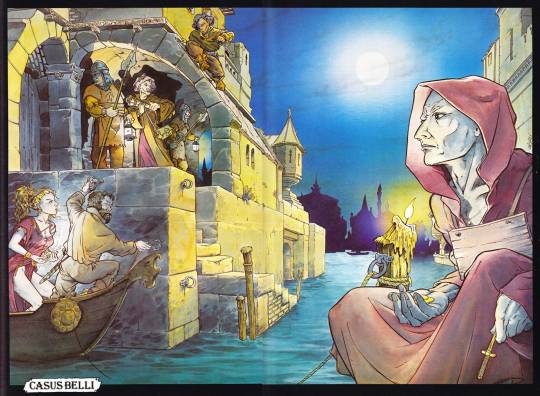
Preparing to spring an ambush from three directions (Didier Guiserix, 2-page poster in Casus Belli 25, April 1985)
#D&D#Dungeons & Dragons#Didier Guiserix#fantasy#fantasy art#JDR#Casus Belli#dnd#someone lurking around the corner#thief#rogue#jeu de role#jeu de rôle#ambush#assassin#canal#fantasy city#boat#adventuring party#thieves#grappling hook#guards#beggar#poster#Dungeons and Dragons
79 notes
·
View notes
Text

St Martin and the Beggar by Alfred Rethel
#st martin#saint martin#beggar#art#alfred rethel#cloak#gaul#france#chivalry#roman#cavalry#soldier#knight#knights#christianity#christian#medieval#middle ages#martin of tours#mediaeval#history#europe#european#religion#religious art#white horse#white steed#armour#horse#roman empire
57 notes
·
View notes
Text

A beggar walking with a cane in the Maquis, Old Montmartre, Paris, 1904 - by Jules Séeberger (1872 - 1932), French
98 notes
·
View notes
Photo





Quatre Aventures de Reinette et Mirabelle / Four Adventures of Reinette and Mirabelle
Éric Rohmer. 1987
University
90 Rue de Tolbiac, 75013 Paris, France
See in map
See in imdb
#eric rohmer#quatre aventures de reinette et mirabelle#four adventures of reinette and mirabelle#university#jessica forde#olympiades#paris#france#movie#cinema#beggar#film#location#google maps#street view#1987
42 notes
·
View notes
Text
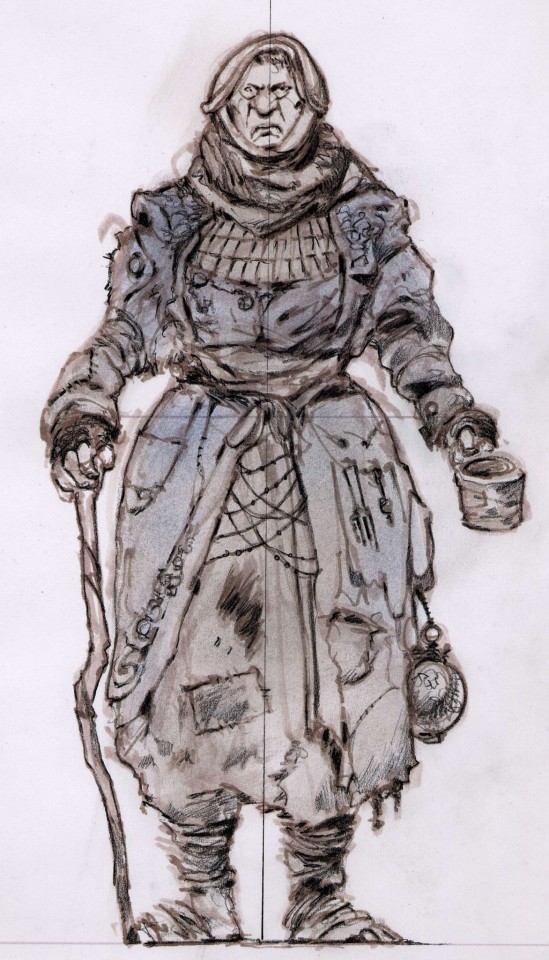
Beggar
Concept art for The Elder Scrolls IV: Oblivion. Shivering Isles DLC.
Art by Adam Adamowicz
#adam adamowicz#art#the elder scrolls#concept art#tes#cyrodiil#shivering isles#sheogorath#beggar#character design#oblivion
40 notes
·
View notes
Text

Barbara Bansi - Jeune mendiant près de la Seine - 1800
Anna Barbara Bansi (26 February 1777 – 27 May 1863) was a Swiss-born French painter. She is usually referred to as "Barbara" or "Babette".
17 notes
·
View notes
Text

Disabled beggar, 1955.
Photo: Vivian Maier via Photography in America
82 notes
·
View notes
Photo

Source details and larger version.
Here's my gallery of unusual imagery from vintage college yearbooks.
20 notes
·
View notes
Text

Engraving, ca. 1793, French.
Portraying a beggar woman in a blue jacket, red skirt and white fichu.
Musée Carnavalet.
#engraving#1790s engraving#1793#1790s france#France#beggar#musée carnavalet#fichu#french revolution#first republic
23 notes
·
View notes
Text
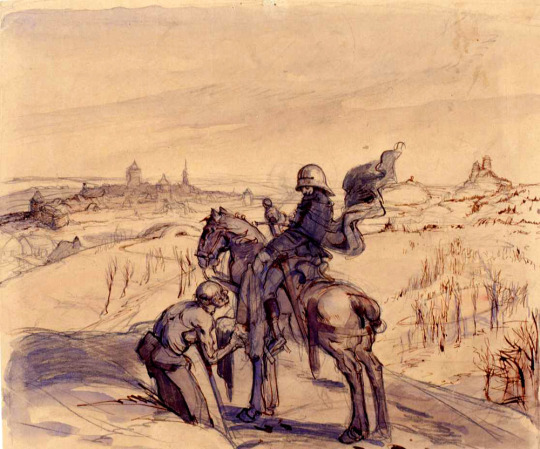
Saint Martin sharing his cloak by Léo Schnug
#léo schnug#art#saint martin#st martin#martin of tours#gaul#france#history#roman#knight#saints#chivalry#christian#christianity#beggar#europe#european#alsace#strasbourg
69 notes
·
View notes
Text

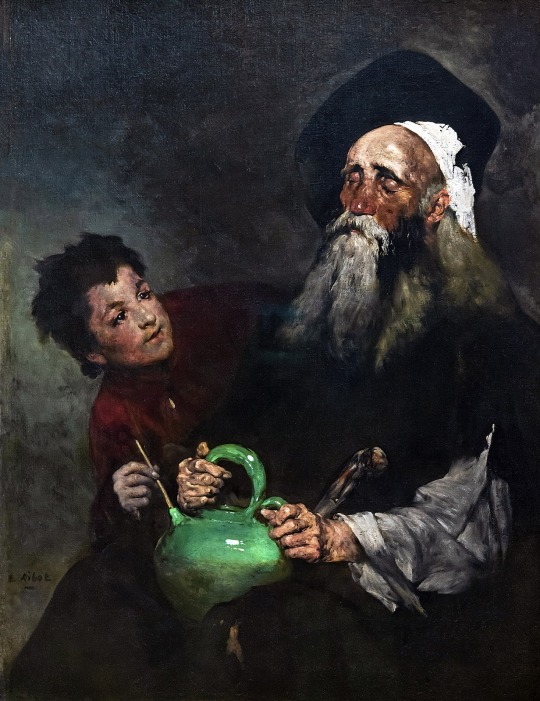


Luis Menéndez Pidal, El Lazarillo de Tormes (1900)
Théodule Ribo, Lazarillo de Tormes et son maître aveugle (1870s)
Francisco de Goya, Lazarillo de Tormes (1820)
Luis Santamaría y Pizarro, Lazarillo de Tormes (1887)
Lazarillo de Tormes, Francisco de Goya, España, 1810
Sátira sobre la miseria.
Romanticismo
Literatura
Técnica: Óleo ( 80 x 65 cm.)
Escrito por: Miguel Calvo Santos
Realizada durante la Guerra de la Independencia contra Francia (y por tanto época en la que Goya tenía pocos encargos), esta obra representa una escena del famoso y atemporal libro Lazarillo de Tormes.
Francisco de Goya oscurece su paleta, pero deja ver —gracias a la luz de las llamas de la derecha— al ciego metiendo los dedos en la garganta de su lazarillo para asegurarse de que no se ha comido una longaniza (dejándole a él con un simple nabo). Por supuesto, el pícaro no le pudo dar gato por liebre a su jefe, y acabó vomitando el manjar, aunque como vemos, está dispuesto a pasar la incomodidad de la inspección bucal con tal de haber podido saciar su hambre miserable.
Porque la miseria es la auténtica protagonista del cuadro, como lo era del libro. Miseria física, moral, y por supuesto social. De ahí esos personajes harapientos, grotescos, absolutamente caricaturescos, que viven en la penumbra de un país en el que cada cual busca su aprovechamiento sin pensar en los otros.
La obra, como podemos observar, preludia la oscuridad cromática y temática de las que serían sus fascinantes Pinturas Negras, con las que Goya decoraría su casa en sus tiempos más oscuros.
[x]
6 notes
·
View notes
Photo
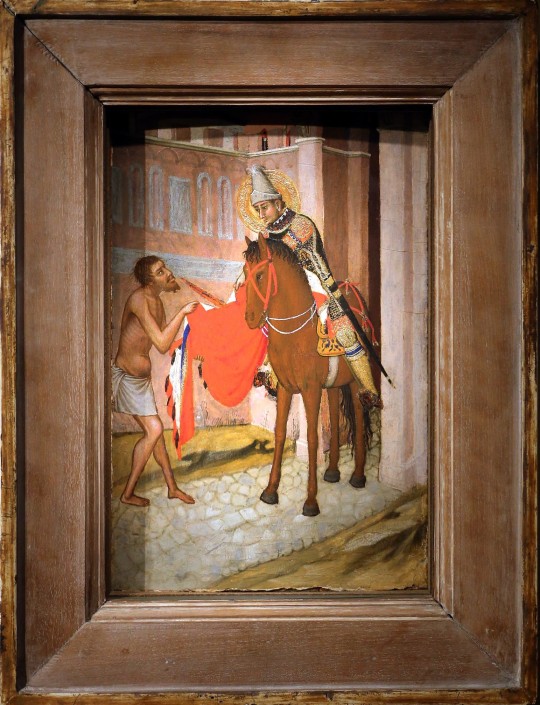
Ambrogio Lorenzetti - Saint Martin of Tours Dividing His Cloak with a Beggar. 1342 - 1344
44 notes
·
View notes
Text
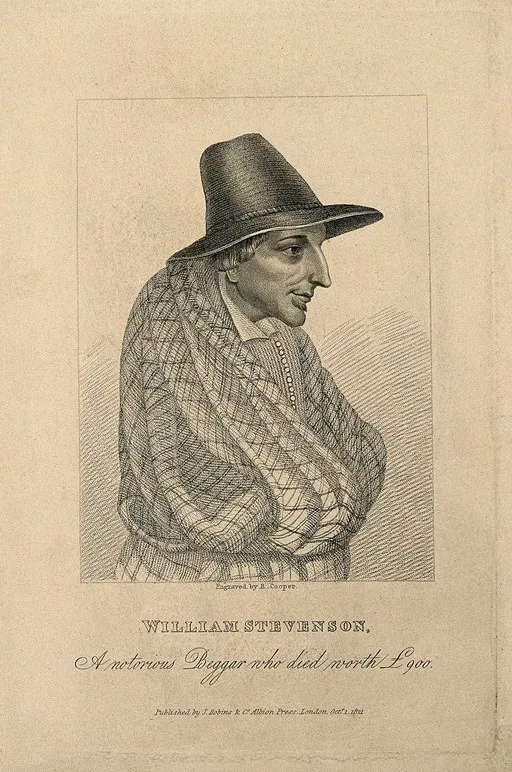
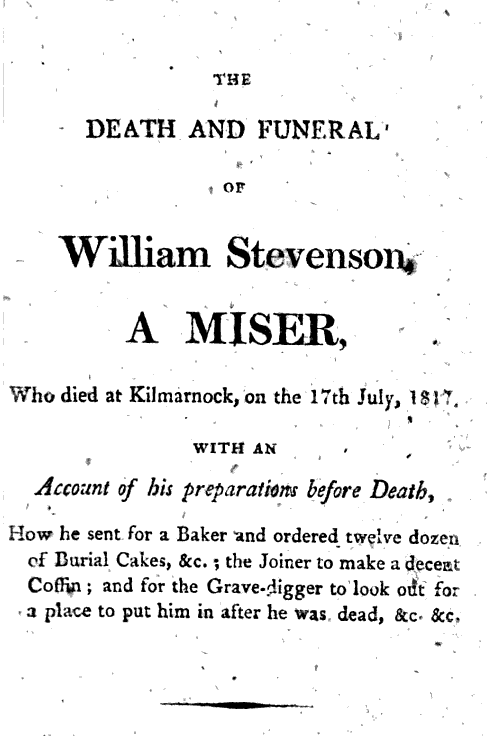
William Stevenson, the hoarding beggar died on July 17th 1817 in Kilmarnock.
William Stevenson was a Kilmarnock beggar who died with the equivalent of £80K in cash. He paid for a wake party with cakes and wine for Ayrshire’s poor and homeless that lasted for two weeks. He chose Riccarton Kirkyard because the earth was “nice an dry”.
Stevenson was trained as a mason, but spent the greater part of his life begging. Up until his last illness, the only thing we know about him was that he and his wife had separated. They must had hated each other a lot, because they had made an agreement that if one of them ever proposed they got back together, they would pay the other £100. As far as we know, they never saw each other again.
Stevenson fell ill at the age of eighty-five and was confined to bed. His chief concern was that what little money he had scraped together would not last. But it did. When he knew he was close to death, he began to make arrangements for a grand send off. He sent for a baker and ordered twelve dozen funeral cakes and a great quantity of biscuits. He ordered wine and spirits in correspondingly large amounts and said that more of both should be purchased if that proved to be insufficient. Next, he sent for a joiner and ordered himself an expensive coffin. Then the gravedigger, and asked for a roomy grave in a dry and comfortable corner.
He told an old lady who had been looking after him where she might find £9 hidden in his home to pay for all the expenses, and assured her that she had been remembered in his will. He died shortly afterwards and, when his room was searched they found a bag of silver pieces, more coins hidden in a heap of old rags and £300 hidden in a trunk. They also found bonds and securities. His fortune amounted to around £900. To the old lady, he left £20, which may not sound like much but, in today’s money, that’s close to £2,000.
William Stevenson lay in state for four days while his distant relatives were gathered to attend his funeral. But it was not a sombre affair. It was a party. Whole families were invited. He was visited by the young and the old, by beggars and poor tradesmen. The older attendees found they had each been left sixpence, the younger ones, threepence.
After the burial, everyone repaired to a barn, where most of them got so drunk that they had to be helped home. Some did not make it home at all, but fell asleep on a pile of corn sacks. The only account I could find of William’s funeral was by someone who clearly didn’t approve of it. It uses words like ‘wicked’, ‘careless’ and ‘waste’. It also goes on to say that those who missed the celebrations threatened to dig up his body so that they could give him another send off. They left him where he was, but apparently, the party continued for several weeks. That doesn’t sound like a waste to me. I think when a funeral is such fun that you want to do it all over again – that’s a pretty good funeral.
15 notes
·
View notes


